Pepluspatru Association recently published, in bilingual edition, an important book for those who are interested in the evolution of the Romanian transcultural modernism and the urban and architectural history of the Romanian tourism in the late modern age: Enchanting views: Romanian Black Sea tourism planning and architecture of the 1960s and 70s. The volume was a consequence of the art show with the same name at MNAC / Dalles hall from last year (Oct 10 – Nov 23 2014), curated by Kalliopi Dimou, Sorin Istudor and Alina Şerban, but it wasn’t built as a conventional catalogue true to the exhibition labor, but rather as a transdisciplinary extension of what was left unsaid or was insufficiently addressed in the white cube.
The authors that were called in to discuss the meanders of urbanism and architecture of the Romanian Black Sea tourism in the 60s and 70s come from an array of scientific disciplines that are theoretical enough to offer the studies the chance to retain a certain objective distance from the architectural project of the Romanian seaside, but they also offer enough applied history so that this distance is sensibly contracted when they analyze in detail any concrete segments of the architecture of leisure time and the visual element that this architecture maintains throughout the ages. Art historians, architecture historians or plain historians, urbanism researchers, visual culture anthropologists or plain hard anthropologists, architects, visual artists and curators, they all embark on a huge route of rereading and disproving something that Tzvetan Todorov once coined as “the abuse of contemporary memory”, because precisely this post-modern modernity of the Black Sea architecture is what transforms the aesthetic judgement into a problematic case of post-communist rereading of the Ceauşescu cultural project of mimetic liberalization that began in the late 50s. “Without wishing to drain the subject or to gear it up into a «nostalgia factory» – the curators say – the editorial selection highlights the narrative modulations of the phenomenon by analyzing the role that the visual and photogenic element, as well as the multiplication of architectural representations (photography or film), played in renegotiating modernity’s spot in socialism, in writing a convincing discourse about the everyday life of a society without classes.
Let the discourse begin. In the essay called “An effective mechanism: the Romanian seaside in the socialist years”, Carmen Popescu manages to make an extremely telling parallel between the architectural project in its first and a little bit of its second stage of development with other similar happenings in the predominantly western world, noticing a certain kind of politically aesthetical “optimist modernism” of the coastline architecture which gradually led to the transformation of the seaside from a place of rest and relaxation for the working men into a touristic area of international interest. This observation eventually led the author towards viewing the seaside as a “political arena” in which the history of art and power, the architect and the political party and the architecture and the tourism policies of foreign affairs are confronted.
Somewhat more academic, due to its derivation from the author’s PHD thesis, Irina Băncescu’s study is a much welcomed contextual description of the morphosyntax of the stages of politicization and depoliticization through western synchrony of seaside architecture, starting with the transition from social realism and modern language between 1952 and 1958, by analyzing the changes in architecture that came along with the development of Eforie I and II resorts (1958-1959), by describing “The Mamaia of 10 000 places” built in 1960 and Northern Mangalia in 1965, when prefabrication and standardization become priority and somewhat metonymic for the entire urbanization of the new Socialist Republic of Romania, up to the peak of industrialization which was, in this case, the Amphitheatre and Cap Aurora in 1972. The idea that mass tourism was a motor for this architectural experiment, but also the fact that this experiment had a precise political function as part of a planned economy, becoming myth or reality depending in the context via the image of “a ray of light in a grey time”, make up Irina Băncescu’s contribution.
Juliana Maxim’s text, which is extremely percussive, shifts the discussion from the historical and theoretical field of architecture, to the field of visual and cultural representation, the hermeneutics of post card aesthetics, photographs, films and literature made on this occasion. The San Diego University Professor immediately takes notice of the omnipresence of certain policies of seduction at the beginning of the Socialist Romanian seaside tourism, policies that are at the intersection between hyper sensual images of the seaside and the recreational rhetoric of paid vacations, a virtuous experience of pastime spent actively, healthy, hygienic and emancipated by the old religious or familial affect. One might wonder if the beginning of the transition from the policy of social realist to the aesthetics of the Ceauşescu National Socialism is not originated in this lewd discipline of a perfectly political corporality via cultural representations of tourism architecture in the country and abroad. (Let’s not forget that the year 1966 is also the year of the 770 decree that marked the natalist bio political direction that the regime soon adopts). The flashy and captivating sensuality of the represented architecture, Juliana Maxim says, “draws attention to the seductive power of mass-media. Its surprising complexity demonstrates how going on vacation can become “the supreme political act”.
Irina Tulbure makes great efforts in making a detailed portrait of the architect Cezar Lăzărescu during the first years of building the coastline. Lăzărescu makes a few appearances at the beginning of the book up to the afterword by Ana Maria Zahariade, but a detailed contextualization of his artistic, intellectual and political route was very much needed in the volume and the architect and professor at The “Ion Mincu” Architecture University in Bucharest manages to put forward a conclusive portrait of the experimental architect, as well as the man in the service of socialist propaganda. What is notable is the fact that the final description that transpires in the filigree of the analysis, in all its splendor, good and bad, is not isolated by the author in the traps of the Manichaeism that is more and more acute in the post-communist anti-communist Romanian discourse, but is left free to shine in all his epochal glory. From a contemporary perspective, Cezar Lăzărescu’s passing through the whole Romanian architectural history can only be pragmatic because, and this is something that cannot be denied, after the tourism projects on the Romanian coastline, the face of the local architecture was never the same, if architecture ever had a face before.
Magda Predescu’s contribution is extremely captivating and has a unique touch to it. She wants to talk about the architecture and monumental art of the Romanian seaside during the “thaw” political period and the development of the Costineşti Youth Camp (1970-1972), while managing to paint a complex and overwhelming portrait of the less know architect Ion Mircea Enescu on one side, and minutely describing his relationship and collaboration with visual artists from the 70s avant-garde in order to facilitate a remarkable cohabitation between architecture and public visual arts. This is the book’s most evident example of the authorial side of a seaside architectural project, like the analysis on the evolution of building and developing the vacation colony in Costineşti, that also proves to be, I think, a sample of proto-curating in which Ion Mircea Enescu makes an extremely coherent discourse that sits at the intersection of concept and function.
At this point in the book, it was about time for the next three contributions by Adelina Ştefan, Claude Karnoouh and Adina Brădeanu to end the comfortable discussion on architectural and urban aesthetics and open a new discussion on the more problematic issue of official mass tourism policies in the 60s and 70s in Romania. This is where the embryos of the whole cultural political strategy of the post 1965 Social Republic of Romania reside, ranging from literature to performative arts and film, as I hope to showcase bellow.
Adelina Ştefan says that the tourist policies of those times led to diverse civil forms of tourism based on paid vacations (individual tourism, optional tourism). This diversity was done through a very subtle shift in public rhetoric from “working men” to “citizens” engaged in recreational activities. This clearly explains the necessity of an international geopolitical (cultural) openness during those years, even if this capitalist idea was formally borrowed from the market economy model, faking consumerism to be more frank, that couldn’t latch onto the planned economy. The anthropologist Claude Karnoouh takes this idea even further in his text, by saying that this led to an unusual type of Potemkin village mass tourism with the purpose of local infusion of foreign currency. But this unusual scam of an economic experiment couldn’t pass unnoticed by the western tourist who is a representative of the worldwide capitalist cynicism that pushes one to take part in the committee that judges the great economical expansion of the socialist block. The judgement comes 30 years later, caused by the incapacity of the same planned economy to keep up the mirage of worldwide consumerism and to reiterate the tourist experiment at the Black Sea coastline. Adina Brădeanu also seems to favor this opinion. She mirrors the tourist policies and the documentary movie industry generated by “Alexandru Sahia” Studio, which had the role of building the archetypal cinematic image of the Romanian seaside as seductive destination for the west. An expansion of the author’s research on the filmography of Romanian National Film Arhive newsreels would probably paint a more vivid picture of this saga of cinema representations, seeing as the hundreds of ephemeral TV broadcasts destined to inform the local cinema public, like a kind a kino-glaz proto-television, can better highlight the differences and similarities between the official tourist discourse addressed to the western world and the one back home that speaks to the local consumer who is generally easy to please. The fiction movie contest, which contains films like Valeriu Lazarov’s Omul din umbra la soare (The shadow man in the sun), shot at the Romanian seaside in 1965, makes up an interesting segment.
Elke Beyer and Anke Hagemann open the chapter on the rest of Black Sea coastline, with a theoretical incursion in balneary tourism and the Bulgarian hotel architecture during 1950-1970. There are obviously a lot of similarities between the two (Romanian and Bulgarian) urban routes. We have the same aesthetic architectural vision and the same negotiation methods between politics and official socialist propaganda, but the differences are also very striking: first of all, the mass tourism political experiment in Bulgaria quickly become a tradition, with a large part of the economic sector based on this activity ever since its inception, with a consistent PIB percentage; secondly, the Bulgarian urbanism paid extra attention to the coastline, going for a real estate framework and successfully speculating on natural development and gradual extension without bringing about an ecological disaster, which is what happened in Romania. The soviet Black Sea coast appears to be, as Olga Kazakova analyzed it starting with the Soci resorts, Constanţa’s twin brother from both an architectural perspective, as well as from the point of view of mass tourism, but without the western element and with extra attention to the costal relief. A great example would be the Zori Rossii sanatorium, designed by Evsei Percenkov and Valerii Jîlkin for the Simeiz resort in Crimea, only finalized in 1986 due to its location on a rocky slope.
With the the by the professor of history of architecture at METU Ankara, T. Elvan Altan, on the modern tourist architecture of hotels, houses and summer towns in post-war Turkey, we are already crossing into a new cosmogonic dimension, since the tourism on the Turkish coast of the Black Sea seems to have been built from 1950 onwards using funds from the American hotel industry (Hilton is one of the moguls) mixed with a bit of local tourist policy that is ever so slightly nudged by the democratic party oppositions. It appear that the other side of the Black Sea was host to Ceauşescu’s nightmare, even if it bared a resemblance to Romania, both architecturally and economically.
The book’s conclusion, written by Ana Maria Zahariade, which talks about the “ephemeral myth of the Romanian seaside” needs to be highlighted: “… the new Black Sea tourist equipment charmed the collective memory using a new myth – the modern myth of the Romanian coastline; a myth that was built on political and propagandist decisions, but also on houses and the people who designed and built them; a myth of victory and superiority that finds itself today in total contrast with the physical and social reality of the last 25 years… “.
Our conclusion was written above. After reading the book, the primary function of mass tourism for westerners appears to be that of the main motor for the much fetishized post 60s liberalization and not the other way around. All contributions say the same thing: the Romanian cultural liberalization after 1965 was a necessity required by massive development demands rather than a reflex of true democracy by the political party policies. A very close analysis of the algebra of Romanian planned economy could more accurately trace the germs of capitalist cynicism that Sloterdijk attributed to the post May 1968 culture, hence a liberating contagion in the field of almost all art forms. You couldn’t present a foreigner an experimental architecture tributary to Team X, Le Corbusier or Mies van der Rohe, but you could present a literature on the emancipation of milk ladies and the political dramas of lathe operators. Let’s not forget that the mid 60s and early 70s was the time for literal debuts from the likes of Matei Călinescu or Adrian Marino, while “Secolul XX” (20th Century) magazine begins a sustained process of translation and recovery of the historical literary avant-garde, from French surrealism to post-soviet cubist futurism; for the visual arts area, this was the time for self-assured participations to the Venice Biennale; in film, Pădurea spânzuraţilor (Forest of the hanged) took Cannes by storm; in the performative arts area, Stere Popescu takes part in the Dance Festival in Paris with Hammer without master, a choreography inspired by René Char, with music by Pierre Boulez and décor by Jules Perahim. One might sit and wonder if any of these accomplishments would have been possible without the massive preexistent urbanization plan for the Romanian seaside in order to develop a truly consumerist mass tourism. After all, the transition from working man to citizen, from the nation’s artists to just plain artists, was explained by the authors.
The other conclusion that I had yet to state, that might be more important than all of the theoretical speculations that I spit out so far, is that fact that the book itself must be read above all options and position, and be taken as a wakeup call, firstly for the preservation of a priceless patrimony for Romanian seaside culture, an ever more evanescent patrimony, and secondly a wake-up call against the wild development of the acute seaside real estate industry that has catastrophic effects on the aquatic environment as well as the urban aesthetic, or what is left of it, that can be witnessed in the photographic insert by Nicu Ilfoveanu in this enchanting volume.
Vederi încântătoare: Urbanism și arhitectură în turismul românesc de la Marea Neagră în anii ’60-’70 / Enchanting views: Romanian Black Sea tourism planning and architecture of the 1960s and 70s. Asociația pepluspatru, Bucharest, 2015. Concept & Editor: Alina Șerban. Associate Editors: Kalliopi Dimou, Sorin Istudor. Authors: T. Elvan Altan, Irina Băncescu, Elke Beyer, Adina Brădeanu, Anke Hagemann, Claude Karnoouh, Olga Kazakova, Juliana Maxim, Carmen Popescu, Magda Predescu, Adelina Ștefan, Irina Tulbure, Ana Maria Zahariade. [Insert photo: Nicu Ilfoveanu.] Translation: Alistair Ian Blyth, Simona Galațchi, Alina Șerban. Design: Radu Manelici. 264 p.
POSTED BY
Igor Mocanu
Igor is a PhD researcher in the Art History department of the National University of the Arts Bucharest / UNARTE, with a dissertation titled Political avant-garde. The other face of Romanian avantgard...
igormocanu.wordpress.com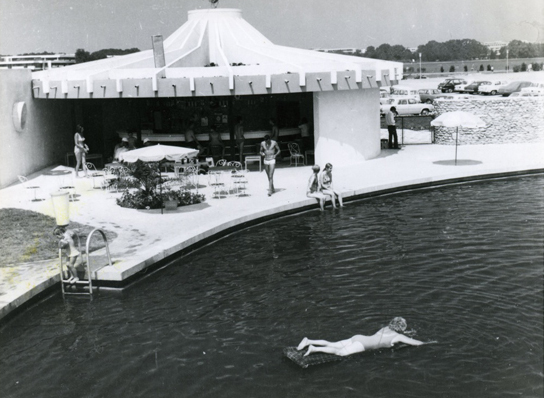
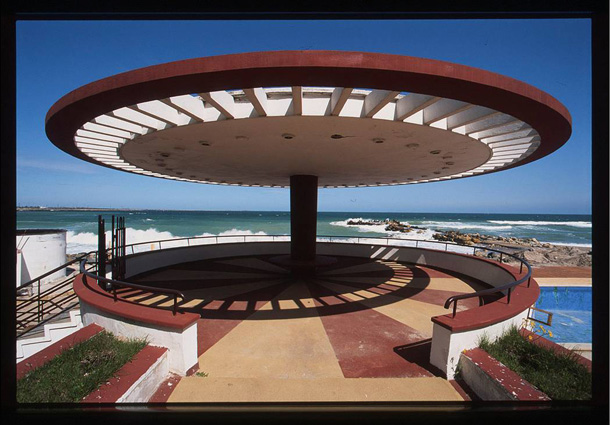
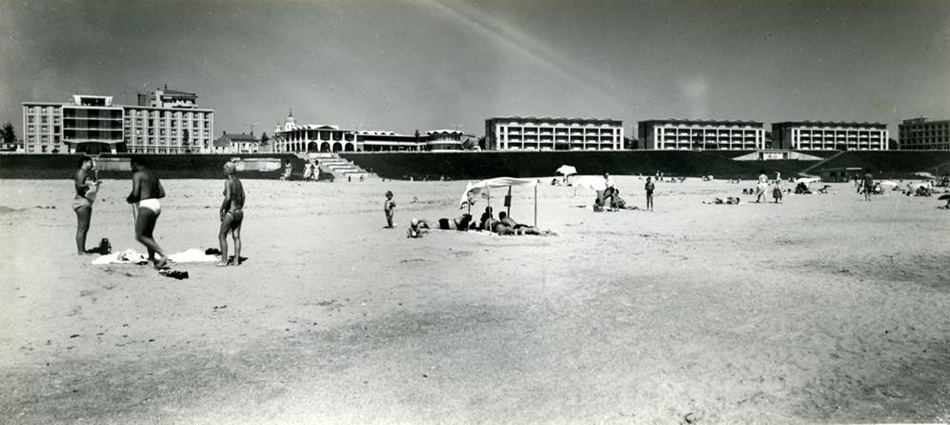
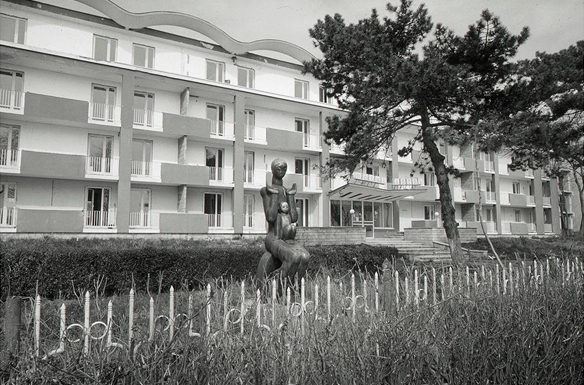
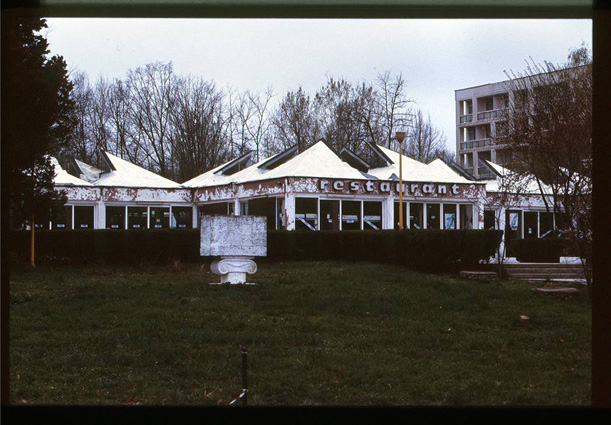
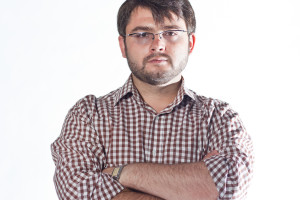
Comments are closed here.